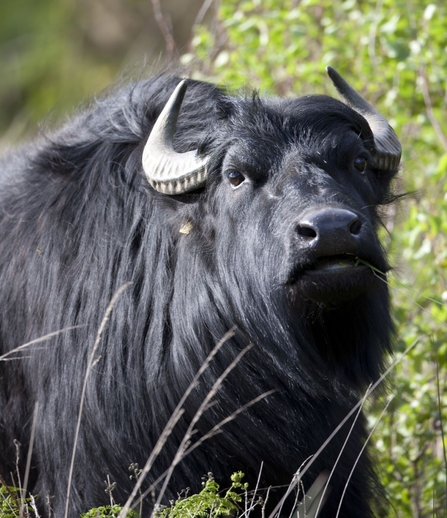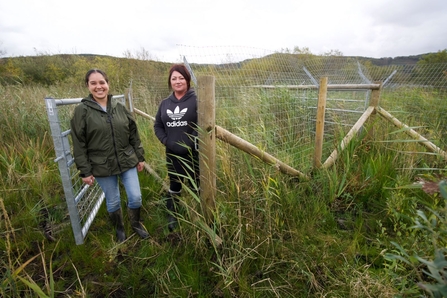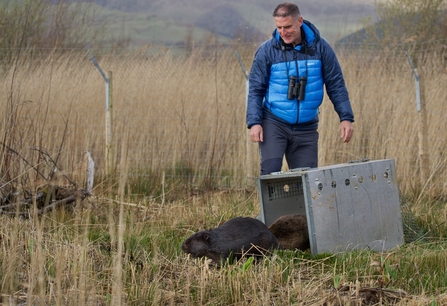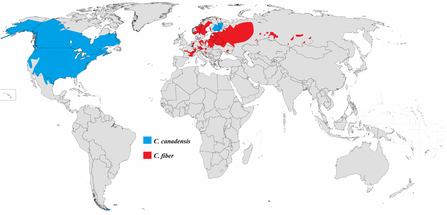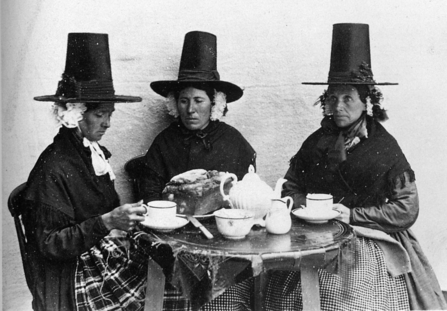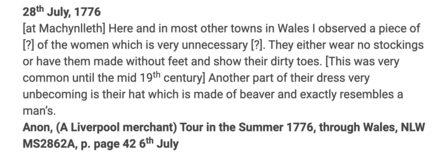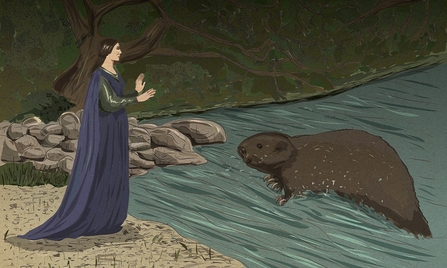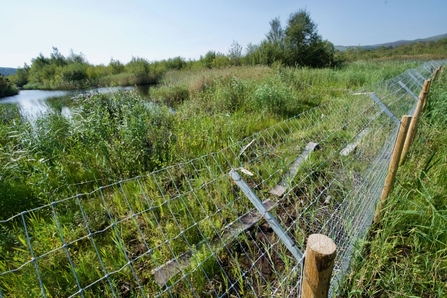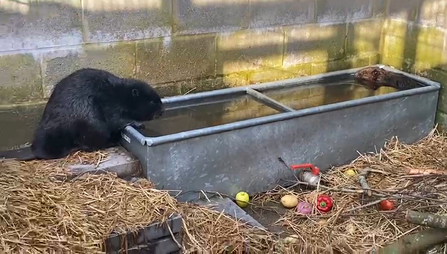Beavers are back at Cors Dyfi for the first time in centuries.
Following years of hard work, two animals were released into a specially built enclosure over the weekend. Here are 10 things you need to know about the beavers at Cors Dyfi:
1. Why are they here?
Today, Cors Dyfi is a lowland peat bog – an extremely important habitat in Wales – but the reserve was once used as a conifer plantation.
Due to the difficult residual terrain of former forestry ditches and tree stumps, managing areas of the reserve using traditional methods, such as coppicing by hand or even water buffalo, is all-but impossible in places.
Over the years, Montgomeryshire Wildlife Trust have been considering a range of alternative management options, including water buffalo. In recent years, beavers – often referred to as ‘ecosystem engineers’ and well known for their amazing ability to manage wetland habitats – have come to the fore as an ideal solution.
One of the Cors Dyfi water buffalo in his prime. Now retired and living his autumn years with his mate in Devon.

